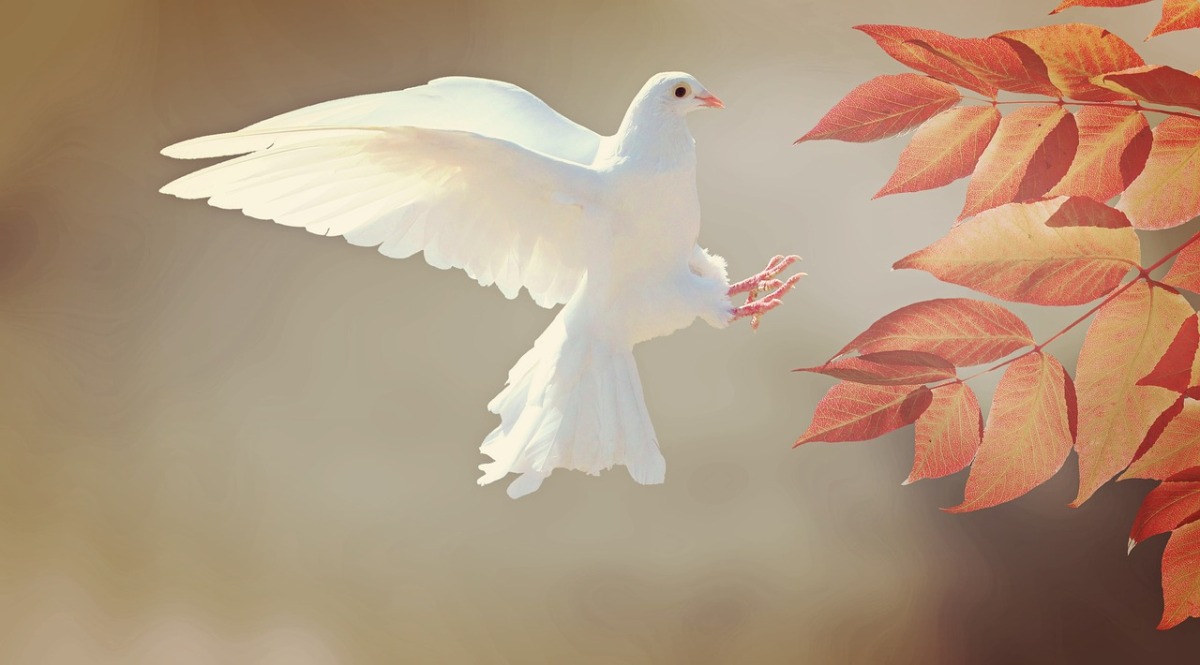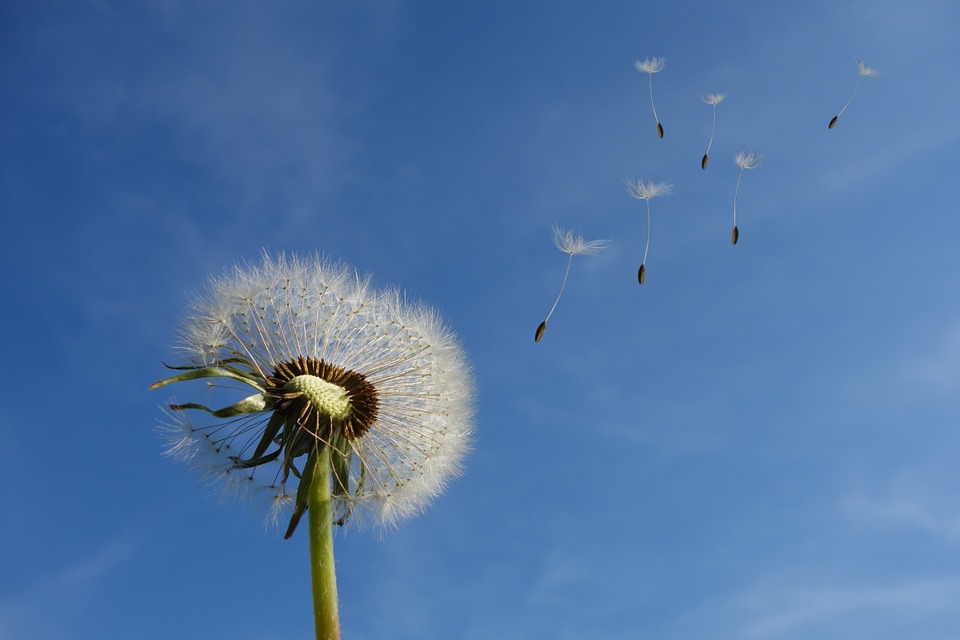by Dr Alena Trckova-Flamee, Ph.D.
Master of Animals – a Late Bronze Age deity
In the Minoan and Mycenaean mythological and religious iconography appears a male deity, called later by the Greeks, Master of Animals. He is a counterpart of the Mistress of Animals (Potnia theron) 1 portrayed with wild animals, mainly lions and exerting his power over them. On the seals and rings-relief the Master of Animals is depicted with the Minoan manner, wearing only a small cloth around his slim waist and turning his body to show his muscular breasts and shoulders in a frontal position. The head, usually with beard and rich hair, has a strong facial expression. The gem from Kydonia or the Mycenaean seal ring are illustrating such type, while the well known Aegina Treasure-pendant represents the Master of Animals with an Egyptian influence. The motif is created by a completely different way. The deity looks like an Egyptian, holding waterbirds in his hands and his surrounding consists of double snakes and papyrus flowers. The Oriental seals from the Palace of Cadmus in Thiva are showing the Master of Animals with goats, some vegetation and various symbols from the Syrian and Mesopotamian mythology.


